How to Make Mozzarella Cheese
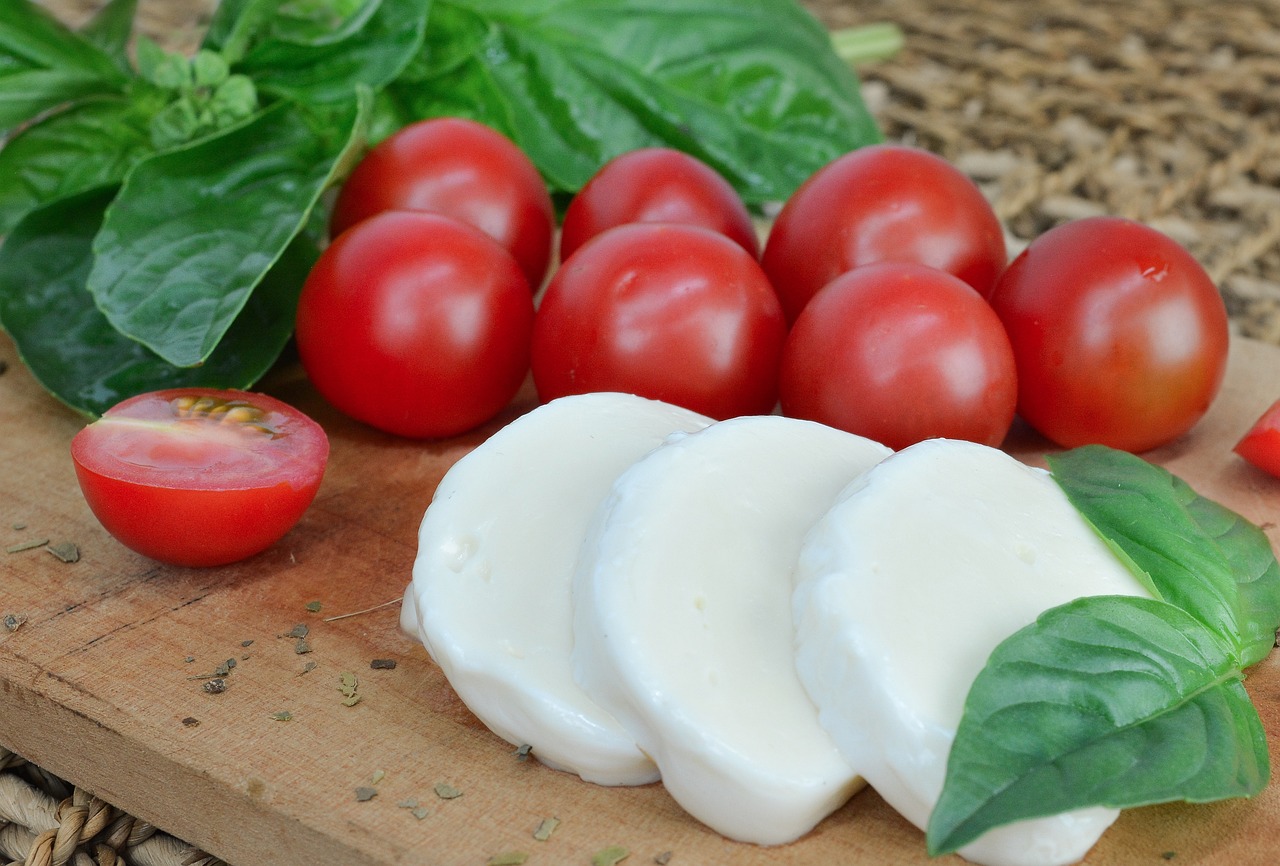
Mozzarella is one of several kinds of “plastic-curd” cheeses, originating in Italy. Mozzarella is one of the most versatile cheeses to make at home. It tastes wonderful freshly made, freezes well, can be used like an aged cheese in cooking, and melting readily when heated. Mozzarella cheese is ready the same day its made. The aged cheeses like Cheddar, Gouda and Colby are ready to eat in just a few weeks. Making Mozzarella has no smoke and mirrors. Mozzarella making, on the small home scale, is much more art than science. All you need to begin making mozzarella at home is a stainless steel pot, a dairy thermometer, measuring spoons and some cheesecloth. The basic ingredients for making cheese are milk, starter culture and or natural acids, and rennet. Traditional mozzarella is made from water buffalo not North American buffalo or bison as many mistakenly think. Buffalo milk, and its flavor are highly prized. However, any type of milk can be used to make mozzarella cheese. Homemade fresh mozzarella cheese has fabulous flavor.
Quick Recipe explaining how to make Mozzarella Cheese and enjoy the same day.
Mozzarella Cheese
You will need:
- 6 to 8 quart stainless steel pot. Aluminum or cast iron will not work.
- stainless steel or strong plastic slotted spoon.
- two quart microwave safe mixing bowl
- measuring spoons
- thermometer which will clearly read between 80 – 120 degrees F.
- 1 gallon of milk (4 liters)
Step 1
Do not prepare any other food while you are making mozzarella cheese. Put all food products away. Move all sponges, and dirty towels away from your work surface, clean your sink and stove with soap and water. Finally use an antibacterial cleaner to wipe down all surfaces.
Step 2
Crush 1/4 tablet of rennet and dissolve in 1/4 cup of cool water and set aside to use later. Heat the milk to 90F and add 1.5-2 tsp. of citric acid. This will bring the milk to the proper acidity to mold well later. As you approach 90F you will notice your milk beginning to curdle due to acidity and temperature. When at 90F add the rennet (which you prepared in previous step) to the milk and stir in a top to bottom motion for 30-60 seconds.
Step 3
Now turn the heat off (it may continue to rise as high as 105* or so) Let the milk remain still for the next 3-5 minutes during which it will form a curd. A longer set will result in a firmer curd. Cut the curds into a 1″ checkerboard pattern and then scoop with a slotted spoon into a heat proof bowl for the microwave. (If the curd is too soft at this point let sit for another minute or so) Now press this curd gently with your hand, pouring off as much whey as possible. Reserve this whey to use in cooking or making ricotta cheese.
Step 4
Microwave the curd on HI for 1 minute. You will notice more whey has run out of the curd. Drain off all whey. Quickly work the cheese with a spoon or your hands until it is cool enough to touch (rubber gloves will help since the cheese is almost too hot to touch at this point) Microwave 2 more times for 35 seconds each and repeat the kneading. Drain all of the whey off as you go through these steps.
Step 5
Knead quickly now as you would bread dough until it is smooth and shiny. Add salt near the finish. At this point the cheese should be soft and pliable enough to stretch like taffy. It is ready to eat when it cools. Form it into a ball and drop into ice water to cool and refrigerate. When cold you can wrap in plastic wrap and it will last for several days but is best when eaten fresh.
That is how to make mozzarella cheese. A tasty way to enjoy this is simply layer fresh mozzarella and fresh tomatoes, then top with fresh basil leaves, coarse sea salt, freshly ground black pepper and a drizzle of cold-pressed extra virgin olive oil. Anyone who tries will be wowed!
The Author:
The best place that I have found to purchase the finest cheeses or get more details of how to make any kind of cheese is at How-To-Make-Homemade-Cheese.blogspot.com

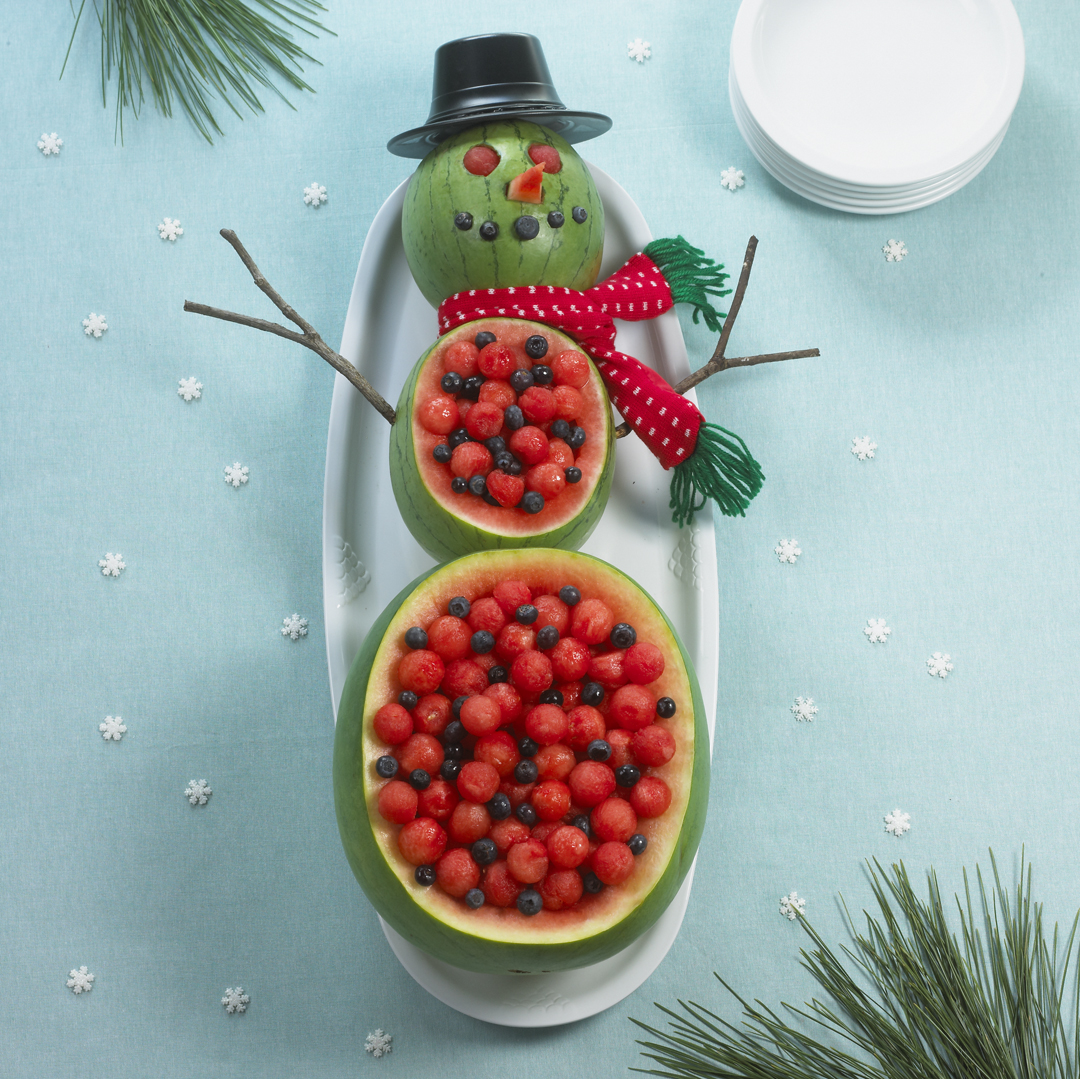

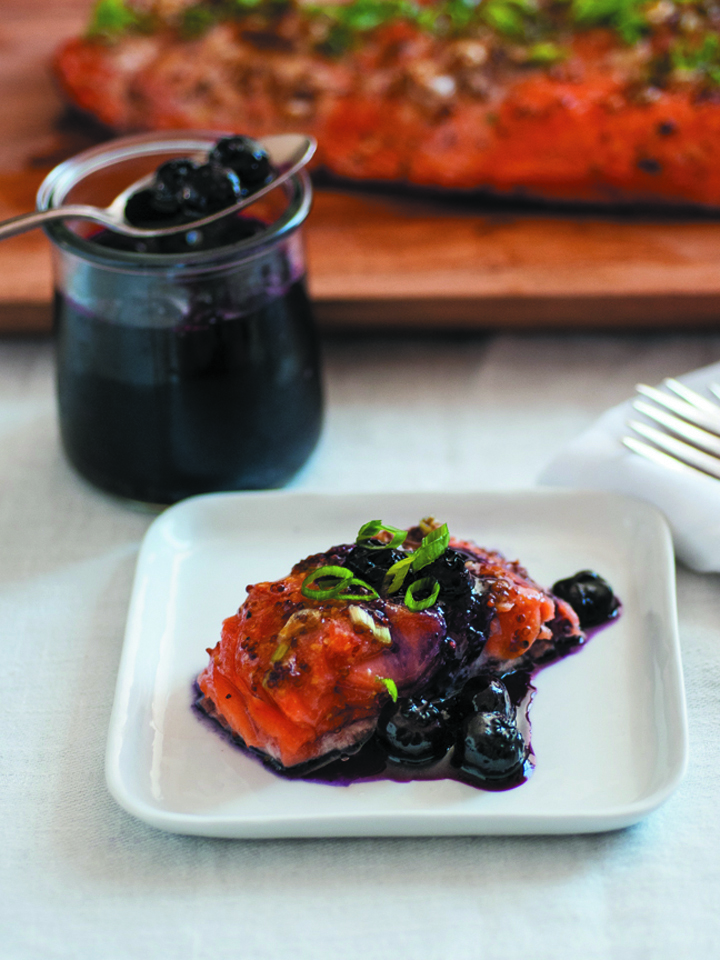

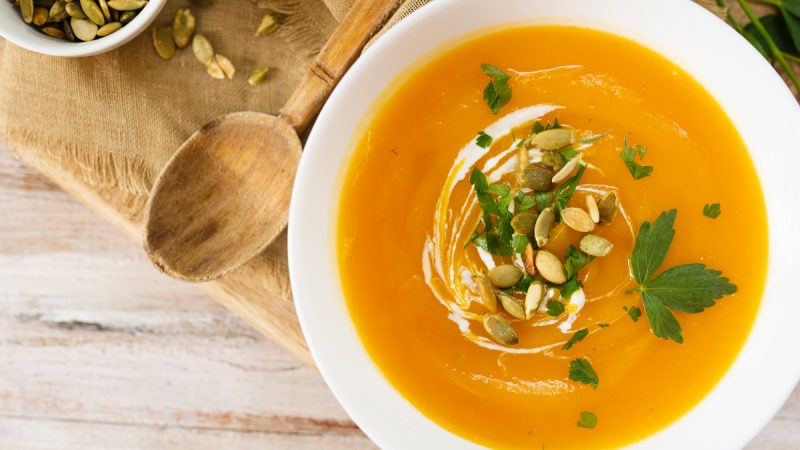

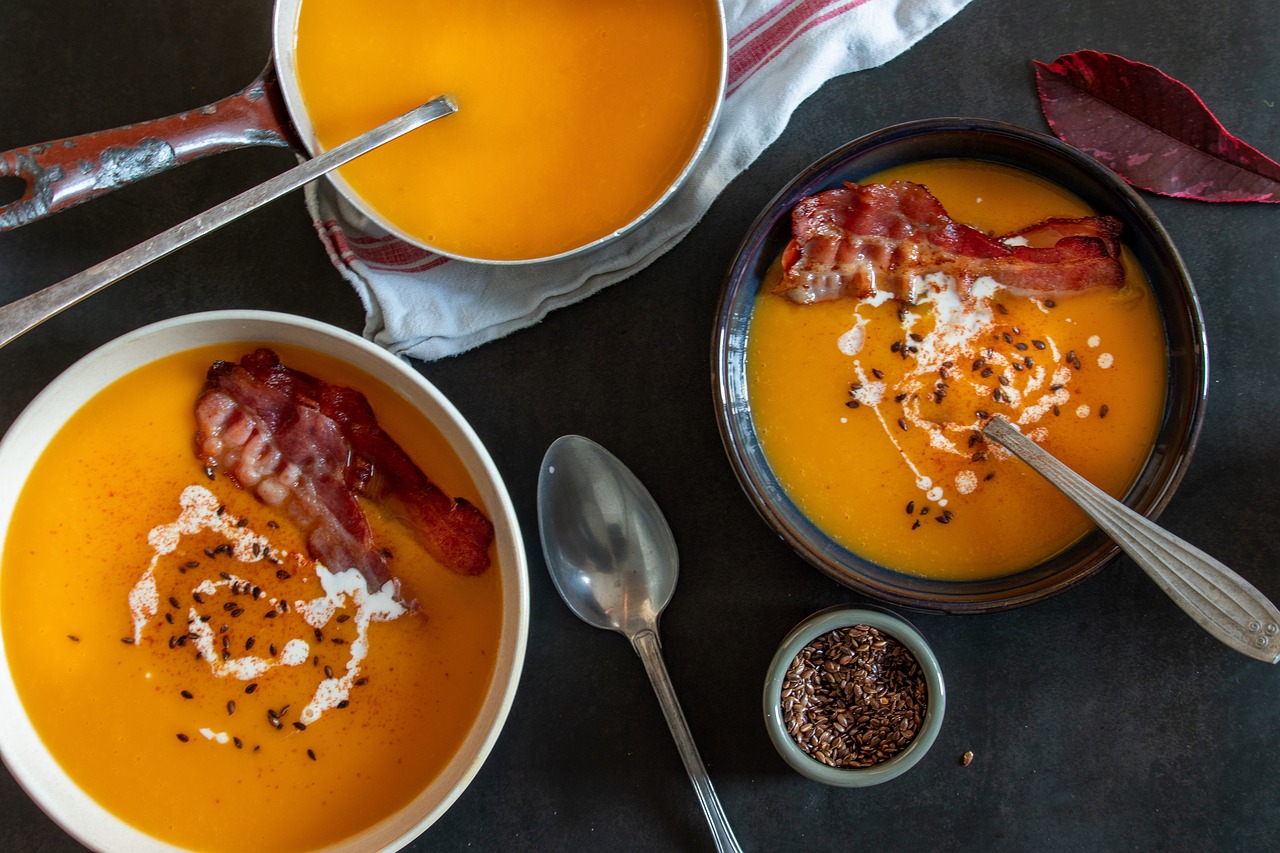
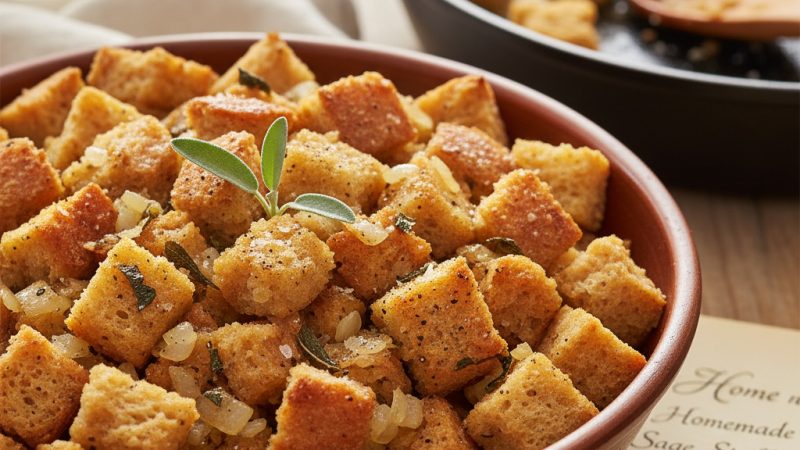
How much milk is used for this recipe. I cannot find that detail. Did I miss it?
In reply to Kate G.
— A gallon of Milk (4 liters )